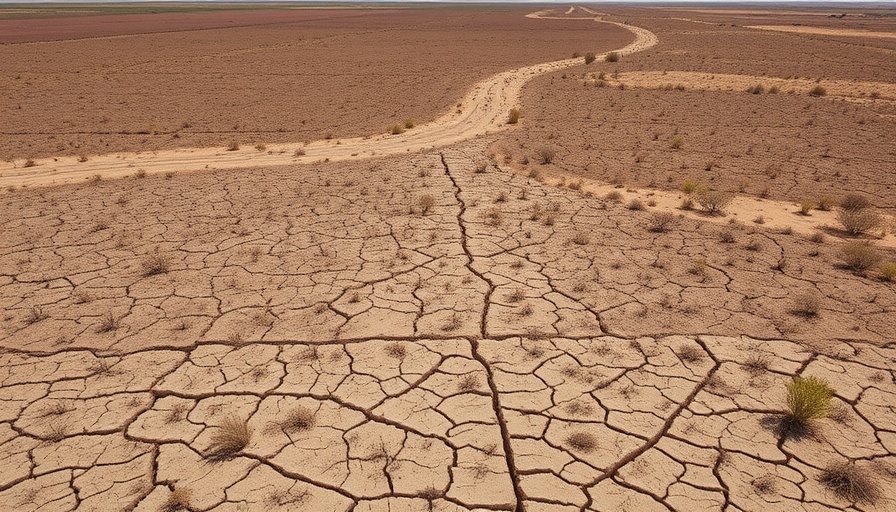
Texas Faces Unyielding Drought: What It Means for the Future
As Texas grapples with a relentless drought, Governor Abbott’s recent statements highlight the state’s commitment to safeguarding its water resources. With increasing temperatures and dwindling rainfall, the implications of such environmental conditions extend beyond immediate drought relief.
Historical Context: Texas and Water Management
Texas, a state known for its expansive land and agricultural production, has faced periodic drought challenges historically. The Texas Drought of 2011 was a stark reminder of water shortages, leading to the implementation of various conservation measures and emergency responses. Learning from the past, Governor Abbott has emphasized a proactive approach this time, pushing for infrastructural developments that will not only store water but also ensure its sustainable use.
Understanding the Water Supply Strategy
Governor Abbott’s plan includes an ambitious strategy aimed at building out existing water infrastructure, expanding reservoirs, and creating new sources of water supply. This initiative responds to both residential demands and agricultural needs, grounded in scientific research to optimize water usage across various sectors.
Community Impact: The Need for Awareness
For residents, the implications of prolonged drought are profound. With Texas being a key agricultural state, farmers are particularly vulnerable to dwindling water supplies, impacting food production and prices. The Austin local news has already begun reporting on this issue, stressing the vital need for community awareness and involvement in conservation efforts.
Future Predictions: What’s Next for Water Management in Texas
Experts are predicting that as climate change continues to alter weather patterns, Texas could experience more frequent and severe droughts. This reality necessitates that the state not only builds but also maintains a robust water management system. Strategic foresight is essential, particularly regarding sustainable water practices. Educational programs within Austin and surrounding areas focusing on water conservation techniques are likely to become even more important.
Counterarguments: The Debate on Water Infrastructure Expansion
Despite the apparent urgency, there are voices of dissent regarding the approach of expanding water infrastructure. Some experts argue that the emphasis should instead be on implementing water-saving technologies and improving existing systems. This perspective points to the importance of sustainable practices over simply increasing water capacity. Engaging in discussions about conservation, efficiency, and technological innovations can provide a well-rounded view of the challenges ahead.
Why This Information Matters: Empowering Residents
Austin residents aged 25 and over must understand how policies regarding water management will shape their daily lives. With the potential for increasing water costs and restrictions, being proactive in conservation efforts is not just good practice, but essential. Learning about the government's plans creates an opportunity for citizens to participate in public discussions and advocate for sustainable solutions.
In conclusion, as Texas navigates the complexities of water management amid ongoing drought conditions, it becomes crucial for communities, governments, and experts to collaborate. Awareness and action at the local level can significantly influence the outcomes of these endeavors. Residents are encouraged to stay informed through reliable Austin news outlets and participate in local conservation initiatives.
If you're interested in learning more about how you can contribute to sustainable water practices in your community and stay updated on the latest developments, now is the time to engage and take action.
 Add Element
Add Element  Add Row
Add Row 



 Add Row
Add Row  Add
Add 


Write A Comment